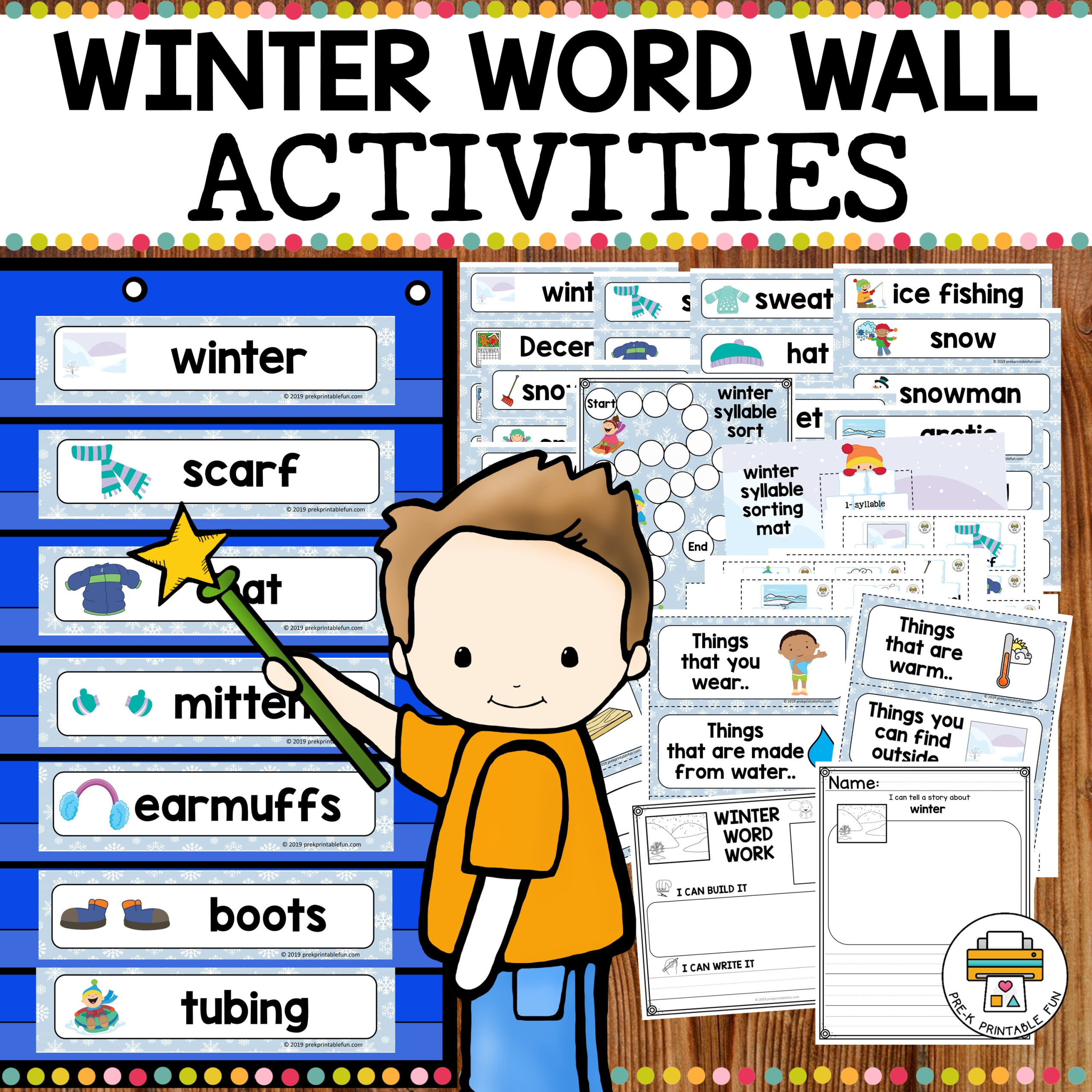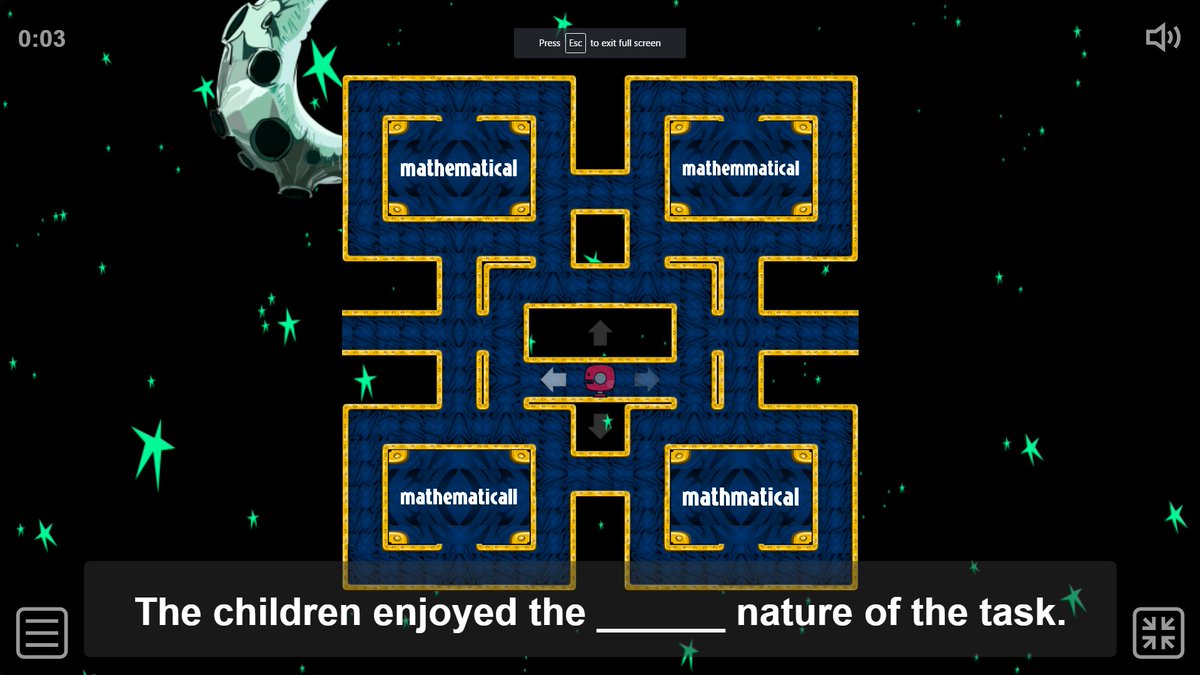


The pedagogical magic is revealed when teachers and students can observe and modify each other’s responses, in real time. By inviting students to the shared slide in edit mode, and practicing netiquette norms, students can type ideas into text boxes, paste images that express their opinions, manipulate game pieces, and insert screen shots of their work from third-party apps.
#Games like wordwall free
Google Slides - This quintessential, simple, and free tool gives teachers the security and flexibility to create interactive activities while releasing ownership to the students. They provide equitable opportunities for students’ access to the same kinds of mathematical reasoning, thinking, and discourse while learning remotely that they would if they were learning face to face. My go-to tools this year are grounded in collaboration, interaction, and student voice. She is the author of the forthcoming book Teaching Math at a Distance, Grades K-12: A Practical Guide to Rich Remote Instruction. She is a former classroom teacher and math coach who still volunteers weekly in K-12 classrooms. Theresa has taught synchronous online classes and webinars since 2010 and researches teaching practices that are adaptable to the online environment. , is an assistant professor of mathematics education in the School of Education at George Mason University, where she works with in-service mathematics specialists and preservice elementary and secondary teachers. Now, it’s time to move on to responses from today’s guests.

You can read more about how I use these tools, and others, in my recent post, First Quarter Report on What I’m Doing in Full-Time Distance Learning & How It’s Going. I love that after periodic “diagnostics,” it recommends which exercises students should move onto for additional practice. I use it with my English-language-learner classes, but students of all English-proficiency levels would find it helpful. Quill is a free and amazing site where students can learn grammar in a nonpainful way. If that explanation is a bit confusing, it will be very clear once you go to the site itself. In other words, students can select a question to answer and talk among themselves in front of others to determine the correct answer (other students are waiting for their turn to choose another question). Its main advantage is that it’s set up so that students can play online in teams, but they don’t have to go into different breakout rooms.

Unlike other game sites, students can see the question and the possible answers on the same screen and don’t have to split them into two.īaamboozle is another free online game site. Quizizz is a free online learning game site that is incredibly easy to use, has zillions of already-made games on just about every topic that are fun activities for reinforcement and formative assessment, and has recently added a simplified Nearpod-like feature (for those of you familiar with that popular tool) called student-paced “Lessons.” My students love playing Quizizz games in teams divided into separate Zoom breakout rooms. Today, Theresa Wills, Ph.D., Laurie Manville, and Cristiane Galvão, Ed.D., “kick off” the series.īefore we get to their contributions, though, I’d like to briefly share my favorites (apart from all things Google and Zoom, of course):
#Games like wordwall series
This two-part series will share a number of recommendations, including many from readers. Most of us have been teaching in environments where we have been online more than ever before, whether we’re doing full-time distance learning (as I am-for now, at least) or if you’re in a hybrid situation. What are your up to three “go-to” online tools this year? Please explain in detail how you use each one, including linked examples. (This is the first post in a two-part series.)


 0 kommentar(er)
0 kommentar(er)
